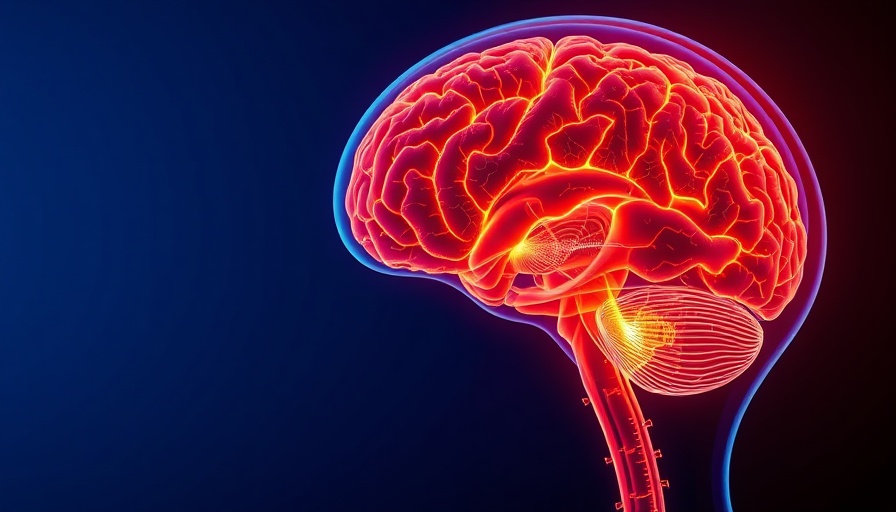
Revolutionizing Neurodegeneration Research
The emergence of a transcription-based clock offers promising insights into combating age-related brain decline. Developed by leading researchers, this innovative clock utilizes the expression levels of genes to estimate brain age, introducing a new paradigm in understanding neurodegeneration. Traditional models have often relied heavily on epigenetic clocks, but this new approach focuses on the intricate changes in cellular function that occur as we age, specifically targeting the brain, a critical area of concern for many.
Understanding the Mechanism Behind Aging
Research indicates that neurodegeneration and brain aging are intimately linked, making their study crucial in developing effective interventions. The research team's efforts shed light on the significance of discovering precise and safe methods that can be incorporated into human treatment. By concentrating on transcriptomic changes, rather than protein expression or DNA methylation, the team is uncovering more accessible and interpretable mechanisms pertinent to brain health.
The Comprehensive Datasets Driving Research
To create their transcriptomic clock, researchers used an expansive dataset comprising 778 individuals across a wide age spectrum, including genetic data pertinent to Alzheimer’s disease and other brain injuries. This robust dataset, enriched with over 43,000 unique transcriptional profiles, allows for the intricacies of brain aging to be assessed meticulously. Such fundamental data is imperative for constructing a reliable clock, capable of predicting how interventions may rejuvenate brain health effectively.
Accuracy of Transcriptional Clocks
Despite not being an epigenetic clock, the transcription-based model has shown considerable promise in accurately estimating brain age, with average errors of 2.55 years in controlled scenarios. This suggests that, while the focus is on RNA expression, the implications for understanding brain health are profound. Researchers believe that with further validation, this clock could lead to measurable improvements in neuroprotective strategies.
Potential Interventions Identified
Of particular note from the study is the identification of three interventions that displayed moderate benefits for mice models used. Although not directly translatable to human therapies at this point, these findings highlight a scalable approach to potentially discovering rejuvenating medications that target neurodegenerative conditions. The exploration of such avenues raises hope for not only improving longevity but enhancing the quality of life among aging populations.
The Future Landscape of Neurodegeneration Therapy
The insights gained from this research could lead to revolutionary treatments that utilize the clock as a guiding framework to test the safety and efficacy of new interventions in humans. Therefore, integrating this novel clock into aging studies promises to illuminate paths towards prevention strategies and treatment options, specifically designed to combat neurodegeneration through understanding the biological underpinnings of brain aging.
Understanding Your Actionable Insights
If you're a health enthusiast or a professional invested in longevity research and applications, these developments carry enormous significance. Decisions about lifestyle, dietary changes, and preventative health measures can benefit from ongoing developments in neurodegeneration research. With advancements in understanding the biological mechanisms of aging, individuals can make informed choices that promote health and wellness more robustly.
Join the Discussion on Neurodegenerative Research
In light of these remarkable findings, it is crucial to remain engaged with the evolving discourse on neurodegeneration. As advancements continue to unfold, staying abreast of research outcomes can not only empower individuals but also drive a collective push towards transformative healthcare solutions. Ask yourself: How can you apply insights from emerging research to your health regimen? Engage with professionals, join communities, and share knowledge to maximize the potential impact of these innovations on overall well-being.
 Add Row
Add Row  Add
Add 




Write A Comment